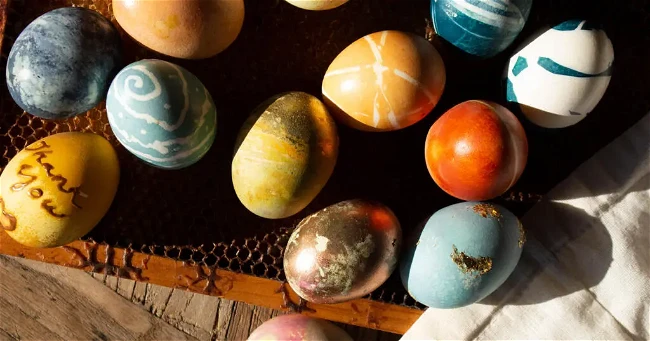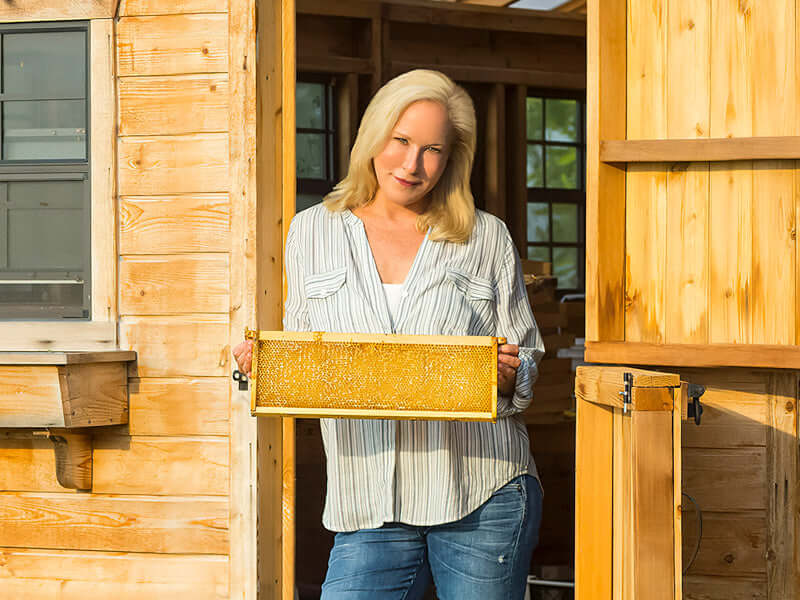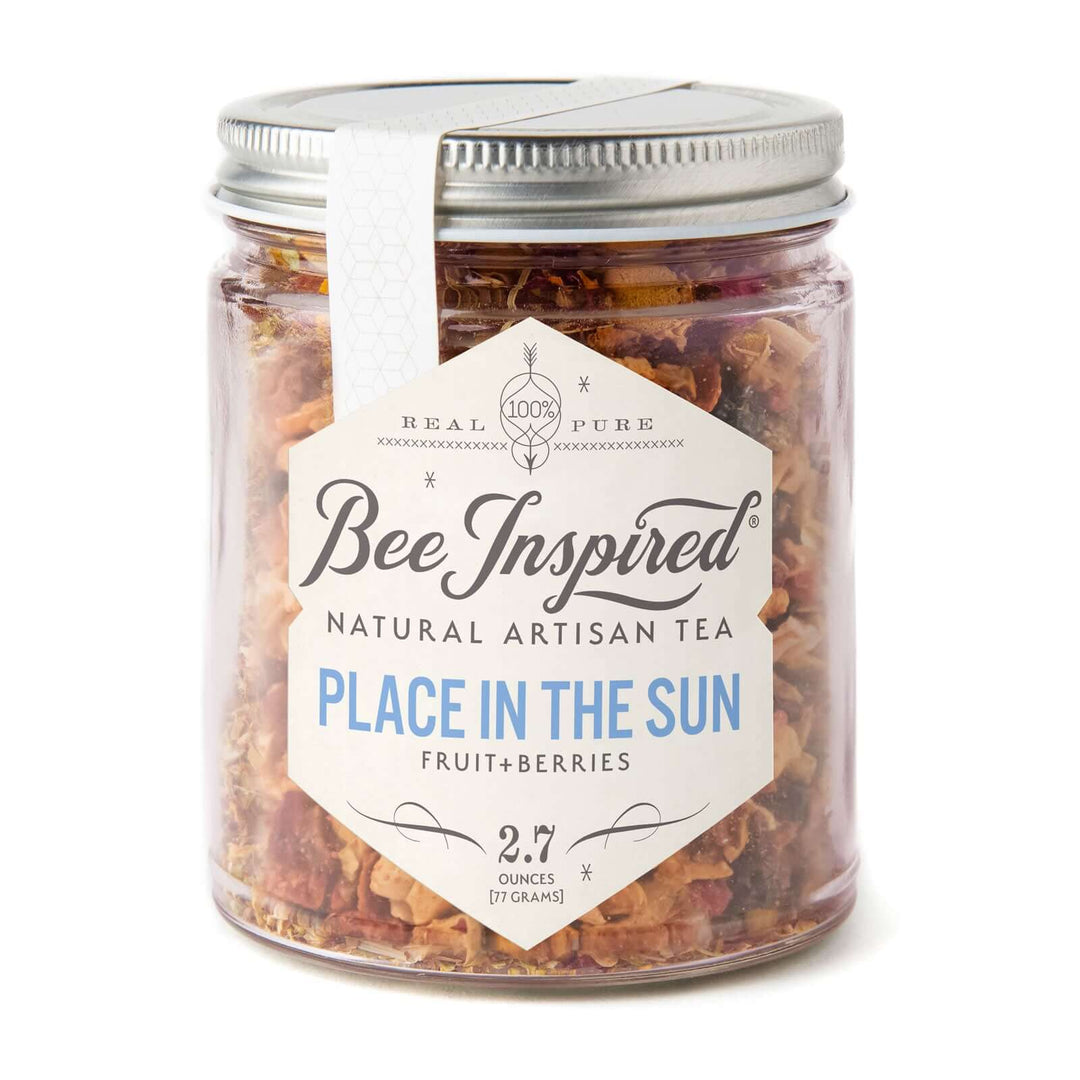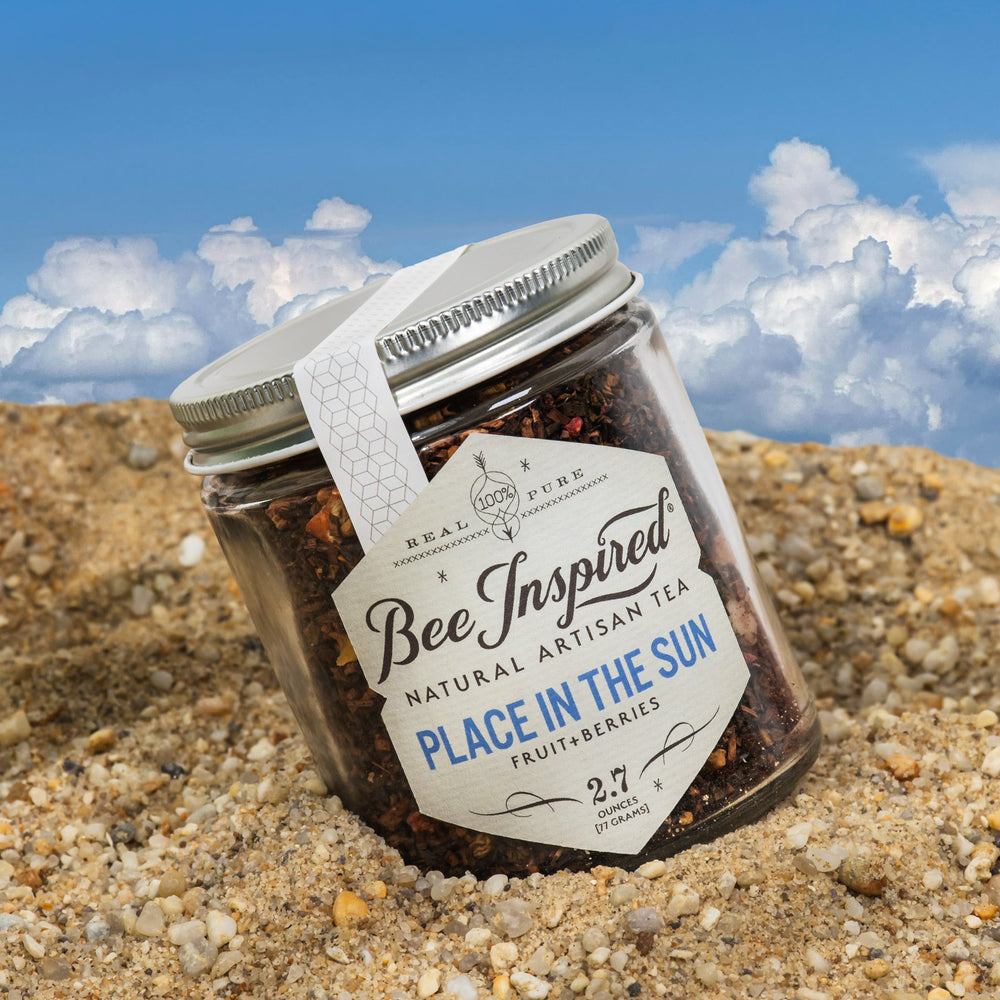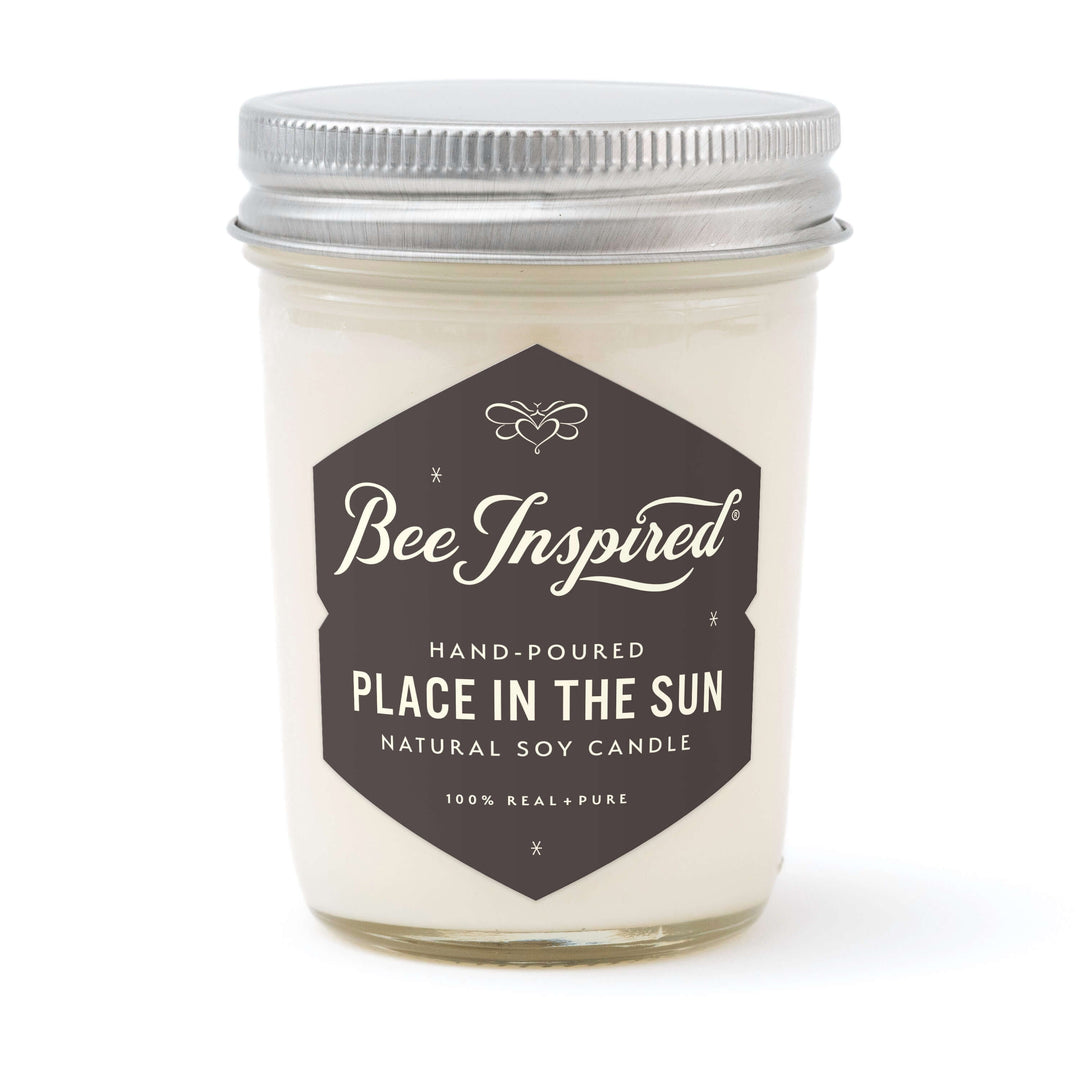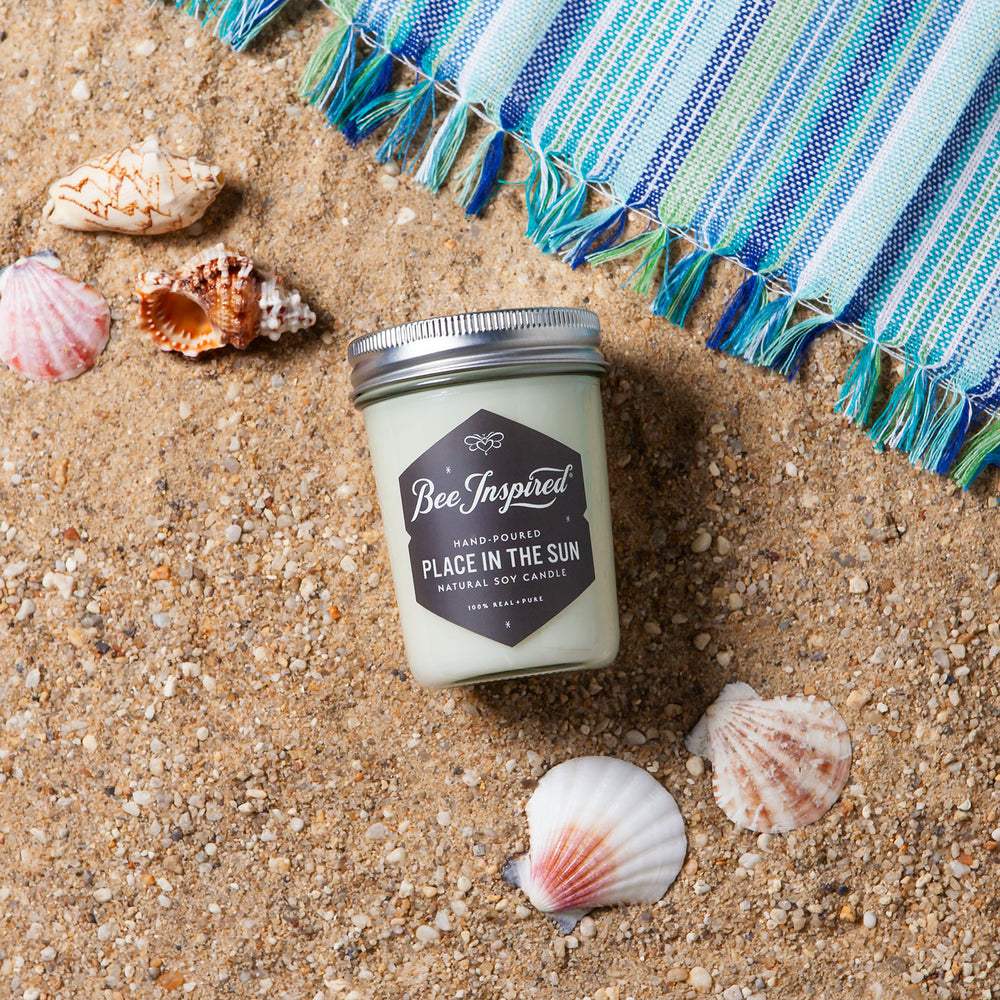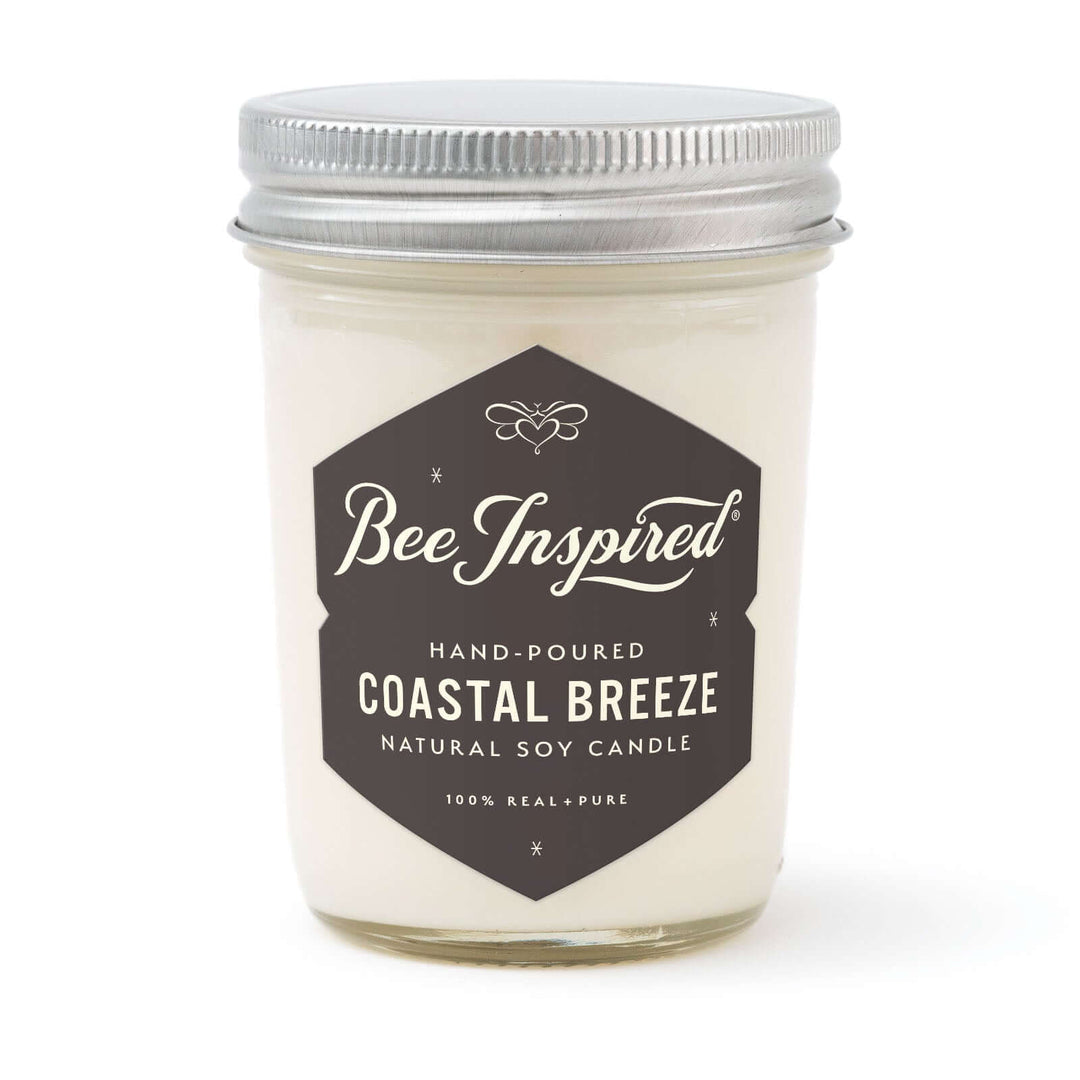Celebrate Easter with vibrant eggs hidden in the garden. Teach kids about colors and science through the art of hand-dyeing eggs. Discover natural dye options and care for mother Earth from your kitchen using fruits and vegetables. While natural dyes are a great option, food coloring can also be used for vibrant results. Enjoy this activity, whether you have children or not. Embrace the mess, unleash your creativity, and start a cherished family tradition.
Have Fun and Experiment!
Craft enchanting, homemade Easter egg dyes using kitchen scraps instead of store-bought kits. It’s a delightful and engaging experience, especially for children. Although it takes a few hours, the result is definitely worth it.

Dyes made from red cabbage, blueberries, onion skins, berries, and turmeric produce stunning eggs in shades of blue, purple, orange, and yellow. For blue dye, use red cabbage or blueberries and adjust the dyeing time to achieve different shades. Mixing with other natural dyes like blueberry can create deeper navy hues. Proper techniques and tips for handling the dye will help you achieve desirable results.
Our plant-based dyes offer unique and beautiful colors for your Easter eggs. Soak them longer for deeper hues and shorter for lighter, more speckled shades. Get creative and mix colors to achieve various results. Each egg will be a one-of-a-kind masterpiece when naturally dyed.

Getting Started
Before you dive into the fun of naturally dyeing Easter eggs, it’s important to gather all the necessary materials. This ensures a smooth and enjoyable experience from start to finish. The good news is that most of these items are likely already in your kitchen or can be easily found at your local grocery store.
Materials Needed
To get started with naturally dyeing Easter eggs, you’ll need a few simple materials. These include:
- Hard-boiled eggs (white or brown): Both types work well, but white eggs tend to show colors more vividly.
- Natural ingredients for dyeing: Such as beets, turmeric, red cabbage, onion skins, and coffee. These will provide a range of beautiful, natural colors.
- Water: Essential for creating the dye baths.
- White vinegar: Helps to set the dye on the eggs.
- A large saucepan: For simmering the natural ingredients to extract the dye.
- Cups or containers for the dye baths: Mason jars or any other containers that can hold the dye and eggs.
- Tongs or a slotted spoon: For handling the eggs without staining your hands.
- Paper towels or a clean cloth: For drying the eggs after dyeing.
With these materials on hand, you’re ready to start the exciting process of naturally dyeing your Easter eggs.

How To Make Natural Easter Eggs
Start by shopping in the produce aisle and gather these ingredients:
- Purple cabbage
- Red beets
- Turmeric
- Red Zinger Tea, or any fruit teas that add color
- Red and yellow/brown onion peels
- Strong Coffee (instead of water)
- Blueberries
- Blackberries
Natural brown eggs can also be used for dyeing and provide unique results.
First: Egg Preparation
Hard boil both white and brown eggs and let them cool.

Second: Prepare the Natural Dye
Once you have your materials, it’s time to prepare the natural dye. This involves simmering the chosen ingredient in water to release its vibrant color. For example, to make a red dye, you can simmer beets in water for 25-30 minutes. To create a yellow dye, simply simmer turmeric in water until it dissolves. The resulting liquid will be your natural dye, ready to transform your eggs into colorful masterpieces.

In a large saucepan, bring to a boil four cups of water, four cups of plant material, and two tablespoons of vinegar. As a general rule, use one cup of ingredients, one cup of water, and 1/2 tablespoon of vinegar. Let it simmer for about 30 minutes or longer for a richer color. When the dye is a few shades darker than you want, remove it from heat and let it cool. If natural ingredients are not available, food coloring can also be used to create vibrant dyes.

Third: Strain
Use one cup of dye per 3-4 eggs. To stabilize the dye, you have two options: either add baking soda or vinegar to the plant liquid. Use a sieve to strain and remove all food/plant matter from the liquid. Vinegar lightens the color, while baking soda darkens it.

Fourth: Dye Eggs
Pour the dyes into clean jars and place your eggs inside each desired dye. These dyes will result in beautifully dyed eggs. We used large Mason jars and fit several eggs into each jar. The eggs should soak for thirty minutes to one hour for lighter colors. The longer the eggs sit, the deeper the color. For vibrant colors, place the jars in your refrigerator and let them sit overnight. Once enough time has passed, remove the eggs from the jars, discard the liquid, and let the eggs dry on a wire cookie rack or in their carton.

The skins from yellow onions provide a dye that ranges from light yellow to deep salmon, depending on how long the eggs are left to soak.
Fifth: Experiment
Experimenting with colors is fun! Drip colors onto your eggs with a dropper for a tie-dyed effect, or spatter with dye from a paintbrush. A double-dip from yellow into blue will create shades of teal and green, or dipping from yellow to red for salmon and coral tones. Ostrich eggs can also be used for dyeing and provide a larger canvas for creative designs.

You can naturally dye Easter eggs with many plant-based ingredients! Use anything in your pantry that creates color. Check out your tea collection to add exciting color to the eggs. You might need to soak, dry, and soak again in different colors to achieve your desired effect.

Try decorating the eggs with beeswax in a polka dot pattern or stripes, or whatever you fancy to add patterns to your eggs. Wrap pieces of twine or rubber bands around them before soaking. Finish your eggs by polishing them with a little vegetable oil on a soft cloth - this gives them a beautiful shine and intensifies the colors.

Creating Patterns and Designs
One of the most enjoyable aspects of naturally dyeing Easter eggs is experimenting with different patterns and designs. This is where you can let your creativity shine and make each egg truly unique.
Wrapping and Binding
To create patterns and designs on your naturally dyed Easter eggs, you can try wrapping and binding techniques. For example, you can wrap a hard-boiled egg in a piece of onion skin or a coffee filter, and then bind it with string or twine. This will create a unique, mottled pattern on the egg. You can also try using stickers or stencils to create designs on the eggs before dyeing them. Experiment with different techniques to find the one that works best for you.
Another fun method is to use beeswax to create polka dots or stripes on the eggs before dyeing. The wax will resist the dye, leaving behind a beautiful pattern. You can also wrap pieces of twine or rubber bands around the eggs before soaking them in the dye bath. This will create interesting lines and patterns where the dye can’t reach.
Once your eggs are dyed and dry, you can polish them with a little vegetable oil on a soft cloth. This will give them a beautiful shine and intensify the colors, making your naturally dyed Easter eggs even more stunning.
By experimenting with these techniques, you can create a variety of beautiful and unique designs on your Easter eggs. Enjoy the process and have fun with it!

Beautiful, Unique Eggs for Easter
Dyeing eggs with plants offers endless creativity and freedom compared to standard kits. Each egg becomes a unique work of art with different colors, textures, and patterns. Embrace the unknown and have fun with natural Easter egg dyeing!
We used rubber bands, string, and beeswax to create patterns and negative space on our eggs. You can also spray them with isopropyl alcohol for a mottled effect, or add metallic pigments and foils for sparkle. As the eggs dry, you may notice changes in color - this is normal. It was so exciting to see the colors change over time!

Colors from natural dyes are (typically) as follows:
Blues and Purples
- Red cabbage: Red cabbage can be used to create blue dye for Easter eggs. By altering the dyeing time and mixing with other natural dyes such as blueberries, you can achieve various shades of blue, from light to deep navy hues.
- Red onion skins
- Blueberries/blackberries
Yellows and Oranges
- Yellow onion skins
- Turmeric
Greens and Grays
- Double-dipping from yellow to blue
- Blackberries
Pinks and Reds
- Red onion skins
- Beets
- Raspberries
Please Note: These eggs aren't for eating!
Since these eggs soak for a considerable amount of time, we don't recommend using them for consumption - not only could food safety be an issue, but they may taste unpleasant due to soaking in a strong and concentrated liquid.






